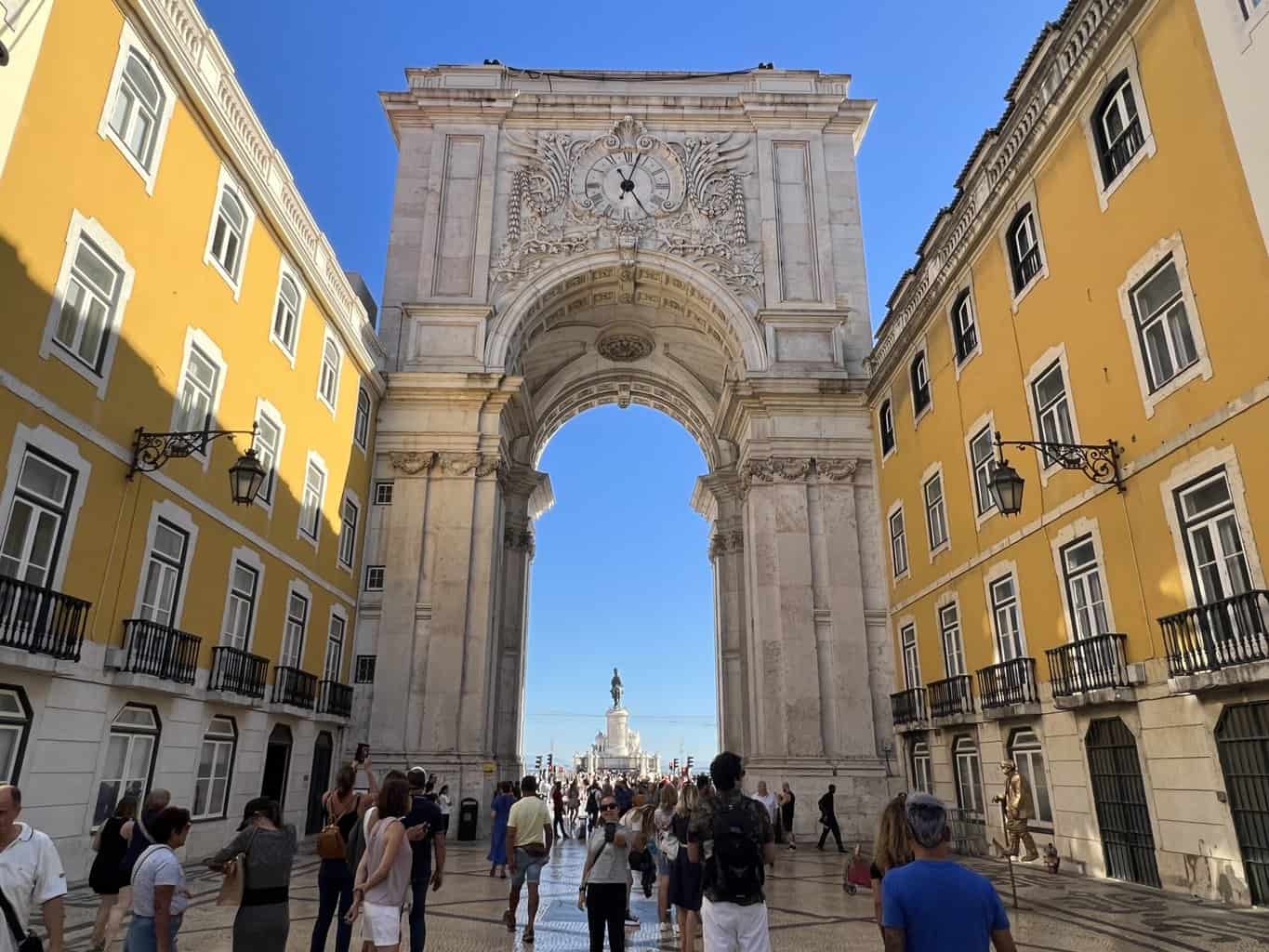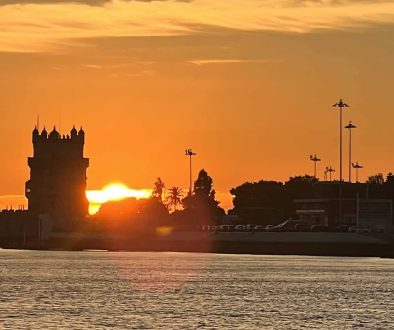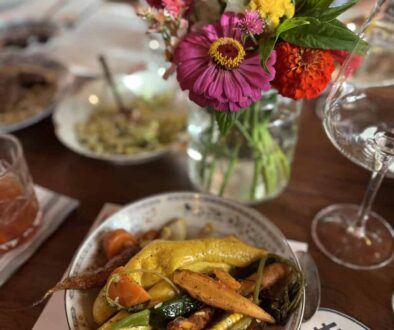Two Days in Lisbon, Portugal

I like to think of Lisbon, Portugal’s capital, as both beautiful AND affordable. It’s known for its unique historical center, decorated with ceramic tiles on the buildings and Portuguese pavings on roads, along with delicious food. Many people say the sunlight just hits differently here, and you can see the orange hue reflected on many of its gorgeous limestone buildings.
The city gets an average 28-hundred hours of sunlight a year, and its location right on the Atlantic coast with the ocean breeze flowing through leads to clear skies almost always. It’s becoming a more popular tourist destination as airfare deals abound. In fact, Lisbon was selected as Europe’s Leading City Destination at the World Travel Awards in 2023. Though I would have liked being there longer, I covered much of it in just two days, and have some tips to help make sure you get the most of your trip, no matter how long you have to explore.
I’m a sucker for any city on the water, and Lisbon is one where you really should take a sunset sailboat cruise to see all the best views. The city sits on the northern bank of the river Tagus, and as the sun sets, you’ll be wowed by the beautiful colors that paint the sky.
You may be a little thrown by the bridge you travel under, though, since it’s very similar to the Golden Gate Bridge. Its paint is the same International Orange color as the famous San Francisco landmark, and the design is similar. You’ll also see The Sanctuary of Christ the King, a giant statue of Jesus overlooking this town, and it was inspired by the one on display in Rio de Janeiro.
An interesting tidbit I learned on our sailing trip was that the main roads of the city are built in straight lines, perpendicular to the river. That’s because back in 1755, a devastating earthquake caused a tsunami that roared through the city with waves 20 feet high, demolishing buildings and killing 70-thousand people. When leaders rebuilt, they wanted to be sure water would have a way to flow back unobstructed if it ever happened again.
Its rich history as one of the oldest cities in Western Europe, going back more than 2,000 years, offers plenty to explore and learn from, and you can see the influence from its several different civilizations that inhabited it, including the Romans, Moors, and Portuguese explorers. The architecture offers up Gothic cathedrals and Baroque churches sprinkled throughout. The neighborhoods are distinct, and each offers something different. The oldest district, Alfama, offers narrow streets, Bairro Alto serves up bohemian vibes, and Chiado has a trendier atmosphere to offer.
There are panoramic views of the city and the river from up high on the seven hills the city is built on. My favorite viewpoint from above came at the St. George’s Castle. It’s one of Lisbon’s most famous landmarks. You’ll get great views and a glimpse of the city’s history. The easiest way to get there is to take the famous yellow trolleys that run through the town. But I warn you, the line can be really long–as in waiting for an hour or more, so consider booking the special red trolley. It costs more, but who wants to spend vacation just standing in a line? We bought our red trolley ticket from our hotel front desk and it was worth every dime. We stayed at the Hotel Mundial, with a trolley stop right outside the door, which made it easy to get pretty much anywhere.
Be sure you also pay a visit to the iconic Belém Tower, a UNESCO World Heritage Site. This monument was built in the 16th century and served as a fortress to protect the city from invaders. And then head to the Jerónimos Monastery, another UNESCO World Heritage Site, to learn more about Portugal’s explorers.
The culture and cuisine are distinct here, including Fado, the traditional music genre that started here in Lisbon. It’s soulful and oozes love and longing in many of its themes, and you can hear it in many of the bars and restaurants. The culinary scene features fresh seafood dishes, like grilled sardines and salted cod. And you cannot visit without making sure you try the famous custard tarts they call “Pastel de Belém.” I decided I needed them every morning while I was there.
These are just a few highlights of what makes Lisbon special. The city’s unique blend of mixing old and new, highlighting history, culture, cuisine, and natural beauty, along with its affordability, make it a must-see in my book.
I produced a video to highlight this beautiful country. You can see that here. And if you want to see it for yourself, I’m hosting a trip there in October of 2024. You can join us on this trip! Just click here for all the details.



